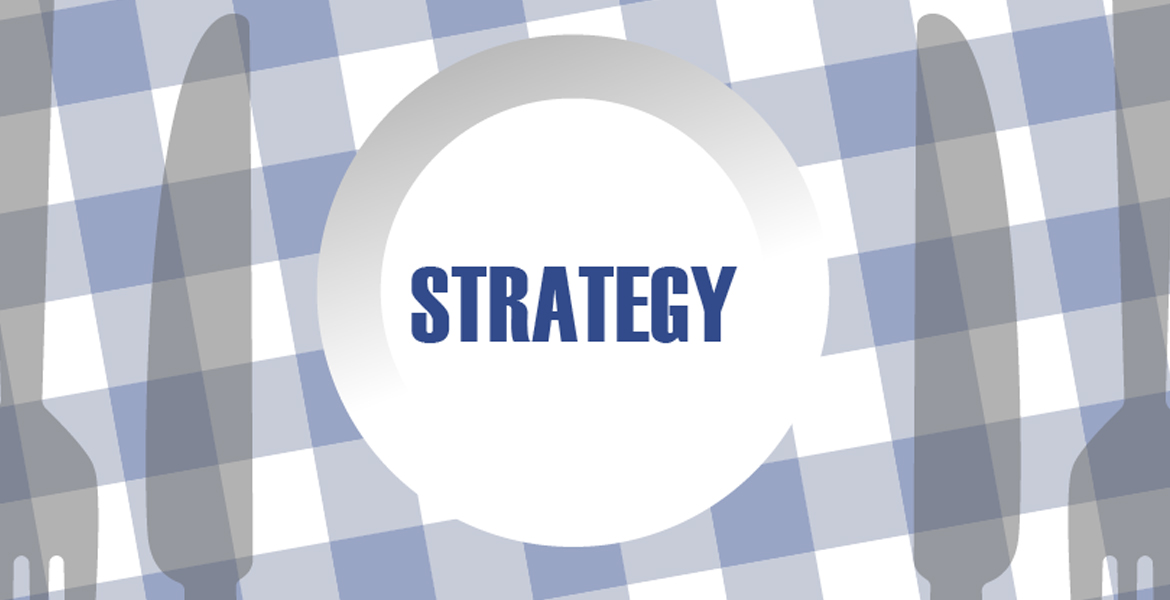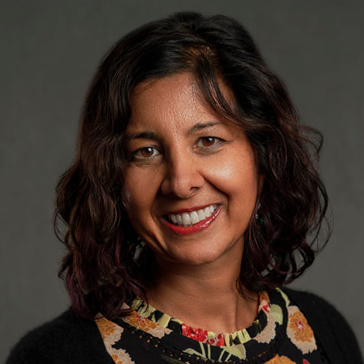
A Q&A with Eddie Lincoln, CEO of Equal Opportunity Schools
In 2021, Education First partnered with Equal Opportunity Schools (EOS) to refine the organization’s strategic priorities and learning agenda to set the stage for continued innovation, growth and learning for the next three years. When we first began this partnership, EOS was in a transition period. Eddie Lincoln had just been appointed CEO, EOS was experiencing a high demand for their services, and internally the organization was working to build a culture that would set staff up to advance their mission. Now, several years into executing the strategic plan and into his tenure as CEO, we talked with Eddie about the leadership lessons he has learned on his journey and the direction of EOS.
Eddie, when we first met, you had just been promoted to the CEO role from Vice President of Partnership Development, which was primarily an external-facing role focused on cultivating relationships with EOS partner schools. Talk about your learning journey as CEO of EOS and how you have grown professionally and personally.
I had to learn and take on a lot quickly, leading to much trial and error. After a few months, I sat down to think about my actions, choices, and the organization’s overall state. I learned that I needed to be a steady rock for everyone in the organization.
Before becoming CEO, I led with a lot of emotion because I knew my small team well, and they were comfortable with my style. That leadership style did not transfer well as I transitioned into leading a team of over 65 employees. I realized I had significantly more influence. I also learned how my feelings could easily rub off on the staff. My disappointment, frustration, or excitement could alter the tone and direction of the entire organization. As a result, I was determined to remain neutral and not cause any negative impact on the environment.
My intentional efforts to remain neutral resulted in a trickle-down effect among senior leaders. Our organization faced many challenges and even had some failures, but the leaders remained composed and focused. This led to improved trust among the staff, resulting in everyone being on the same page and buying into the organization’s goals.
Finding ways to stay relaxed and calm also helped me personally. I got married while leading the organization through restructuring. Preparing for the wedding, adjusting to newlywed life, and dealing with the pandemic simultaneously was very hectic. I had to be measured, strategic, calm and focused on my goals. With many stressors coming my way, it would have been natural to be up and down. So, I ensured stability in my life by becoming methodical and calculated in my approach to every aspect of my life.
You talk about building a culture of openness, accountability and transparency. What does this mean at EOS? How did you use the strategic planning process to foster this culture and what did it take to get there?
Building an open, accountable, and transparent culture at Equal Opportunity Schools began when senior leaders and I recognized that the existing culture needed improvement. Having accepted that truth, we set out to determine the root causes of poor morale and culture in the organization. To do that, as part of the strategic planning process, we partnered with Education First to conduct the Thriving Organizations Profile Survey. The survey results revealed a significant communication gap between staff and leadership. I recognized as CEO that I must set an example in this area by fostering open and safe communication between me and all employees.
Within weeks of reviewing the survey results, I started attending departmental meetings. I learned about each department’s work and discussed the organization’s direction. We also started holding CEO Fireside Chats, where I shared organization updates and answered anonymous staff questions. Throughout my dialogue with staff, I remained open-minded and understanding of everyone’s perspectives.
I kept staff informed about organizational changes and growth and encouraged them to raise questions and concerns as EOS evolved. Before becoming CEO, this culture was not the norm. So, it took the staff time to adjust and develop trust in leadership. Yet, this set the tone for the organization over time, and the results have been positive. There has been a surge in employee morale. All employees understand what can be discussed openly and what can be discussed only with leaders and human resources. Due to the trust and openness between our team members, critical issues are brought to the surface, allowing us to have an honest dialogue.
We’ve continued to conduct the Thriving Organizations Profile Survey each year and while we have seen significant growth in our organizational culture, there are still areas where improvements can be made. Recently, we found out that many mid-level managers still struggle with conflict management. In response, we provided our 22 mid level managers with an executive coach. We also have a system for finding common themes, hurdles and obstacles among our leaders. We address these findings quarterly and in individual coaching sessions. A commitment to employee morale means regularly listening to employees, surveying the organization’s culture and adjusting as needed.
You describe your leadership style as organic and authentic. How did you work to develop your leadership style? How have you helped or set systems in place for other leaders to lead with EOS’s core values?
In my early months as CEO, I did not lead organically and authentically. I emulated what I learned from books and experienced leaders. At the time, I believed that my leadership would be successful if I followed the practices and lessons of other executives who already knew how to manage an organization effectively. As I began meeting with an executive coach, I realized the value of my unique voice and strength. To be a leader who achieves results and creates an environment where everyone feels valued and can excel, I had to stay true to my natural self.
My coach gained a deeper understanding of my personality and character and noticed prominent attributes in me. One of those traits is love. It was evident to her that I was passionate about loving everyone in my life. She urged me to lead the organization with love, kindness and respect. She also saw that people felt at ease around me because of my vulnerability. With her guidance, I started leading with love, grace, and kindness, and I became open with staff about my struggles and areas for improvement. Doing so encouraged other leaders and staff members to follow suit.
Another attribute she noted was my results-oriented nature. In the past, EOS could have done a better job setting high expectations and practicing accountability. With increasing confidence in organic and authentic leadership, I began to pride myself on setting goals and clarifying the outcomes we needed to reach as an organization. I made targets clear to all leaders and supported them as they communicated them to their staff. I also communicated our goals in all-staff meetings and through monthly emails that we put in place to share updates and progress with all staff.
To maintain consistency in the organization’s leadership style, we hired cabinet members and midlevel managers who exhibited leadership qualities that embodied transparency, kindness, vulnerability, love and a focus on results. Over time, we hired exceptional cabinet members who in turn hired people who echoed our internal values.
EOS is in the process of implementing its new strategic plan. What will success look like for EOS in 2025 when the current plan has ended? What do you foresee as the biggest challenge over the next few years?
Our vision is that by 2025, Equal Opportunity Schools will be a household name in education equity. Despite having one of the nation’s leading datasets on the assets and aspirations of Black and Brown students in the country, many educators and educational organizations are unaware of our existence. For years, EOS has relied on referrals and word-of-mouth marketing for growth. Our goal is to change that. During the next two years, the communications team will tell EOS’s story and widely share our research and the results students in our partner schools have achieved.
In addition, our data and technology team is working hard to establish a user-friendly, robust client portal for school district partners. Another goal is to offer dual enrollment and middle school programs to expand EOS’s impact on students. We intend to achieve these goals by the winter of 2025.
In my opinion, maintaining a healthy and dynamic culture will be one of our greatest challenges. Often, the work my team and I have done to build EOS’s culture has been emotionally heavy. There may be times when everyone is not in agreement on a decision, but we still need to make it to move forward. Doing that can cause some staff to feel frustrated or unheard. So, we constantly have to strive to maintain high morale and keep our culture thriving, and sometimes that can be a complicated task. Overall, we have a very ambitious strategic plan, but we also have the right people right now to achieve what we set out to do.

